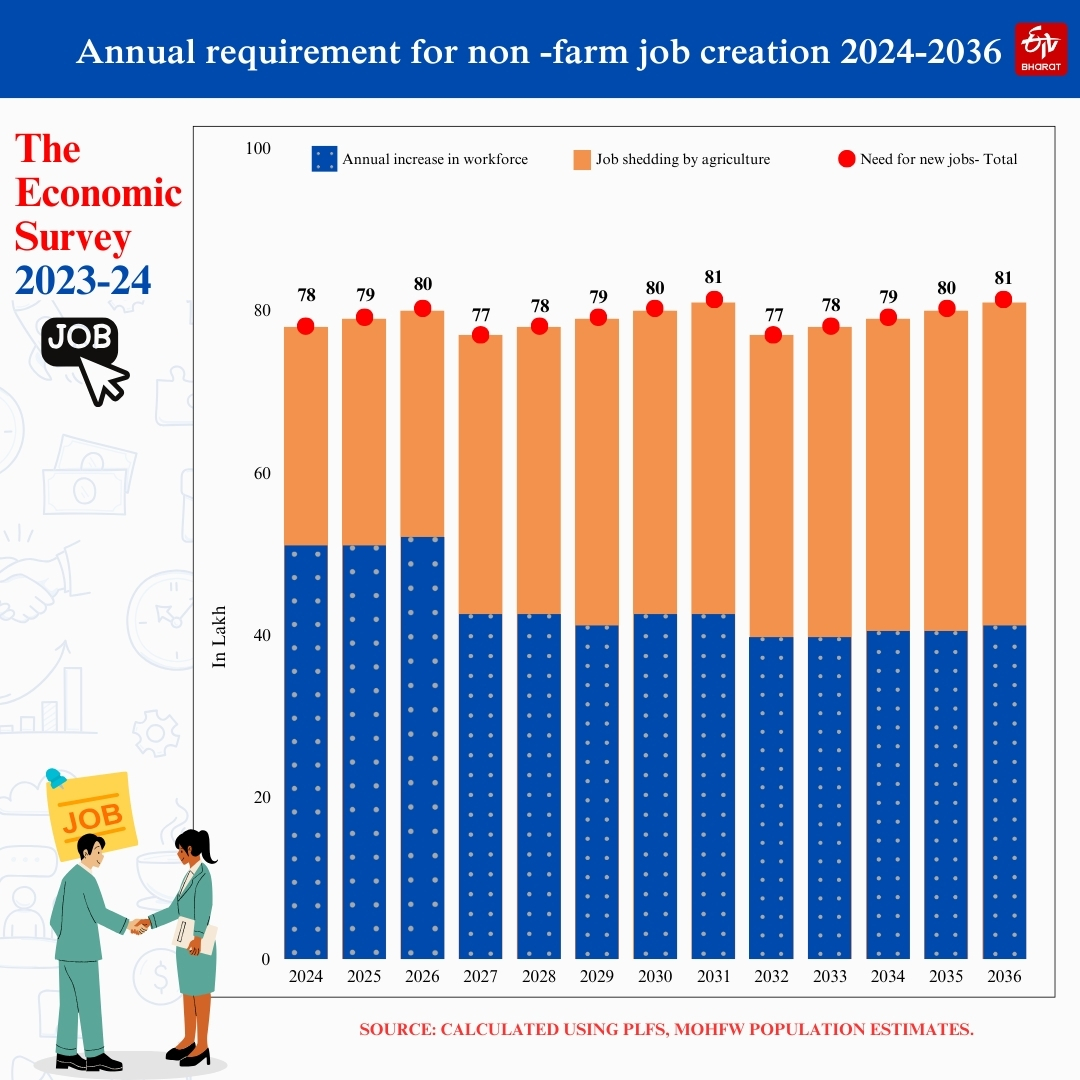India may be the world's fastest growing economy but it is not creating enough jobs. This is mainly due to a failure to create an industrial revolution. However, a success story has emerged recently which busts bogus myths in the minds of our rulers and policy makers. It offers many lessons and is also a call to action. Can we replicate it in other labour intensive sectors?
Since 1991 India has grown handsomely, almost 6% a year over thirty years. It has lifted 450 million people out of poverty while expanding the middle class from 10% to 30% of the population. India has done exceptionally well in services, becoming the world's back-office. But manufacturing has failed -- it is less than 15% of GDP, employing 11% of the population, and exporting 2% of global goods. No country, however, has risen from poverty without it. The successful nations of East Asia -- Japan, Korea and Taiwan -- all followed the same mantra of exporting labour intensive manufactures. China is the latest example.
India's problem is not unemployment but under-employment. Hence, periodic labour surveys do not reflect the extent of the jobs crisis. Too many young people work in low productivity, informal jobs on the farm or in the bazaar but they aspire to quality, more productive work. During the recent Lok Sabha polls, surveys pointed to an anxiety over quality jobs, which may partially explain the surprising election result.
There is good news, however. A global leader has chosen India as its second manufacturing location for global supply. Apple's iPhone was made entirely in China until 2021. Today, it has created in India 150,000 direct jobs (70% held by women) plus an estimated 450,000 indirect jobs while producing phones worth $14 billion and exporting over $10 billion a year. This is only 14% of iPhones global production, which is expected to rise to 26% to 30% by 2026, according to JP Morgan. Vast dormitories are coming up near its contract factories in Tamil Nadu to provide a safe environment for women workers.
To become a viable exporting hub, India still needs to attract iPhone's component makers, who represent 85% of the value-add. They are mostly Chinese. They will add far more jobs, impart more skills, and transfer more technology. Only thus, will our MSMEs get linked to global value chains. This is also how it happened in the Maruti story years ago. A side benefit will be to reduce India's trade deficit with China. Thus, it is in our national interest to allow in Chinese ancillaries. Otherwise, every mobile sold in India will continue to create jobs in China.
There are many lessons to learn from this story. First, shed the false myth that India is a big market. It has a big population whose purchasing power is modest. The common belief that global brands are queuing up to 'Make in India' is false. Apple phone sales in India were only 0.5% of global sales when it decided to make in India. iPhone's entry was facilitated by sensitive government negotiators, who listened with refreshing openness and humility to the needs of the company.
A second lesson is that no country can create enough jobs with its domestic market. China, with a far bigger market, needed exports to succeed. Import substitution with protection via high tariffs -- drilled into Indian minds since the 1960s -- is a bad idea. It persists like a disease, making India the tariff champion of the world. Unless it reduces its tariffs to competitive levels, India cannot hope to join global value chains, which represent 70% of the $24 trillion world trade in goods. Every PLI scheme should thus have a sunset clause on high tariffs.

Third, the prime mover in creating jobs is not the small MSME but the big company to which the smaller company becomes a supplier. Yes, small companies in the aggregate create far more jobs -- and this government is doing the right things in ensuring credit to them. However, action begins at the top. The government should target global brand leaders, especially those who are worried about risks of making in China.
Fourth, the big company doesn’t necessarily have to be Indian. Once the GVCs arrive, they will take national champions global. Tata's participation in iPhone production is a case in point. To succeed in the global market needs a superior product. Since Indian companies have risen behind tariff walls, they have not learned to spend on R&D to create superior products. Hence, the absence of Indian global brands. Therefore, the first step is to woo the leading brands in all labour intensive sectors and replicate the iPhone story.
Fifth, India needs a skilled population but don't place the cart before the horse. Most women in the iPhone factories needed only 4-6 weeks training, even when it was their first job. The big mistake of our training institutions (like ITI and skills missions) is the disconnect with industry. Hence, apprenticeships, internships and on-the-job trainings are the way to go.
Sixth, the iPhone story shows the right way to use the PLI scheme. India has obvious cost disabilities versus China, Vietnam and other competitors. PLI is not a subsidy but it can help neutralise quantifiable disadvantages of higher land, labour, energy, and transport costs. It cannot explicitly reward exports because of WTO rules. Hence, the Smartphone PLI cleverly set very ambitious production targets, which could only be achieved through a massive increase in exports and jobs.
Seventh, it teaches the critical importance of an objective, trust building dialogue between the government and the company based on mutual respect. It took 15 months of patient negotiations by an open minded team of civil servants and Apple executives, who left their arrogant egos outside the door.
The iPhone story has sent powerful signals to global companies that India is no longer a hostile destination for manufacturing. It is also a call to us to replicate this success in all labour intensive sectors -- garments, shoes, toys, food processing etc. It will need the government to be pro-active. The prime minister of Vietnam actually showed up at Apple's headquarters in America to persuade it to manufacture iPads in his country. China incessantly woos foreign companies. India's rulers are not trained to do this. Only a handful of Indian states, mostly in the South and the West even understand it. India is not only in competition with Asian countries to become a global hub; it competes with Mexico and American states like Ohio. If we can pull it off, it will also put pressure to push economic reforms to making India competitive in land, labour, and capital markets. What could be a bigger prize in the end than to transform a poor country into a middle class nation!



